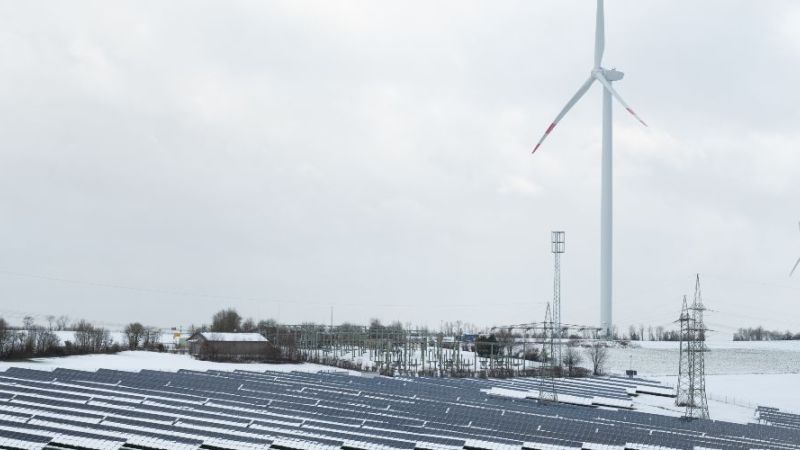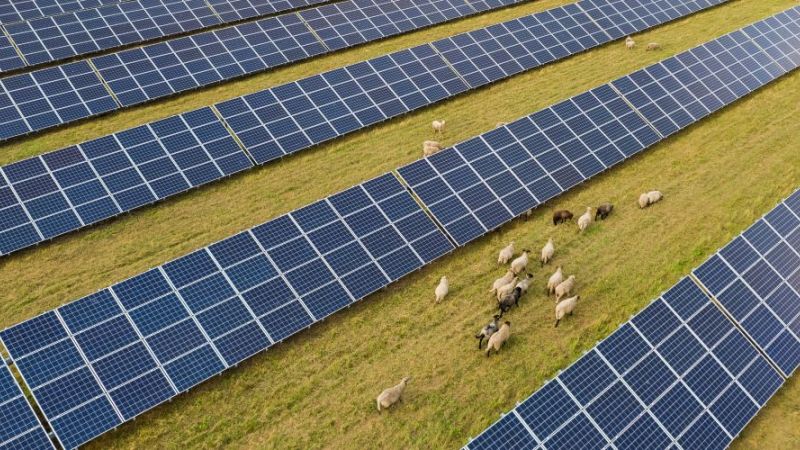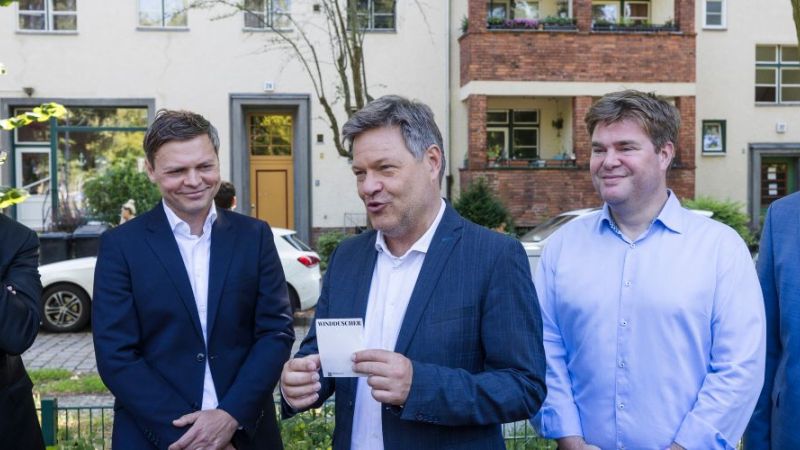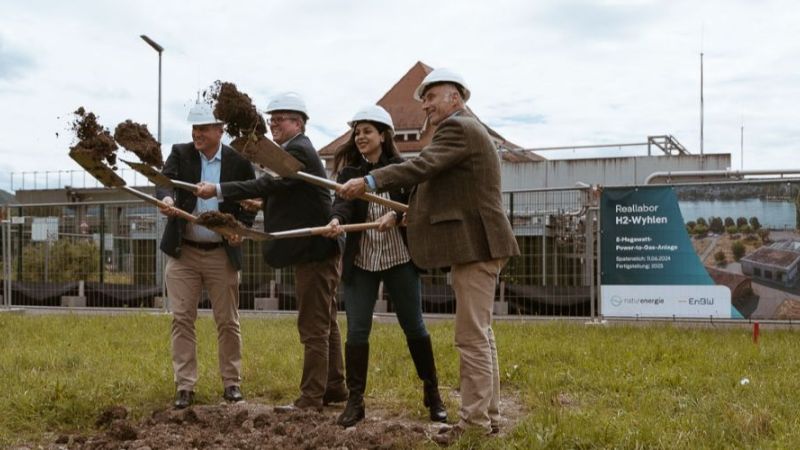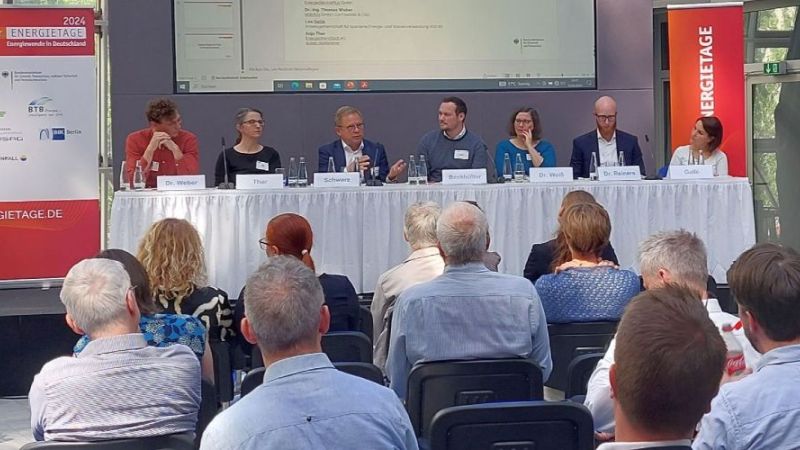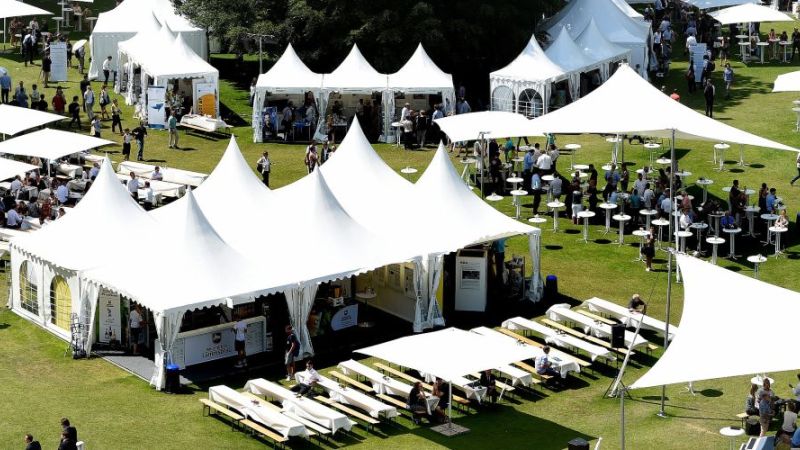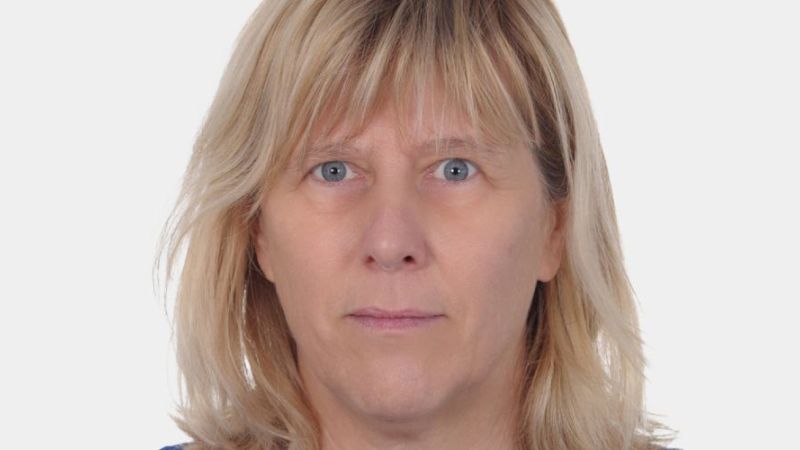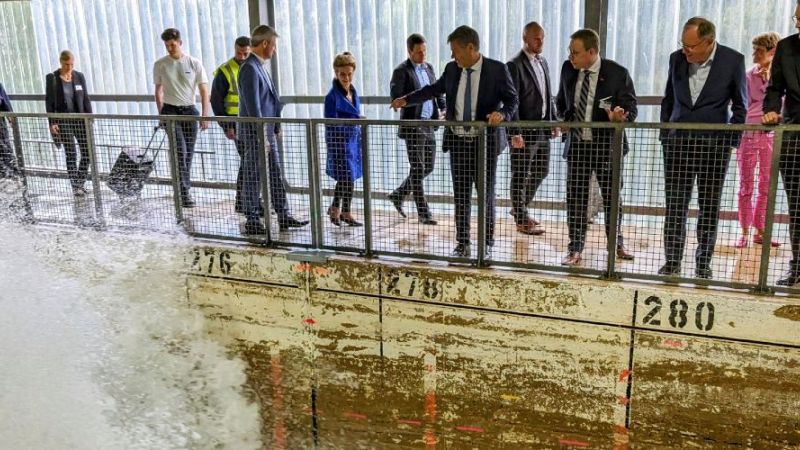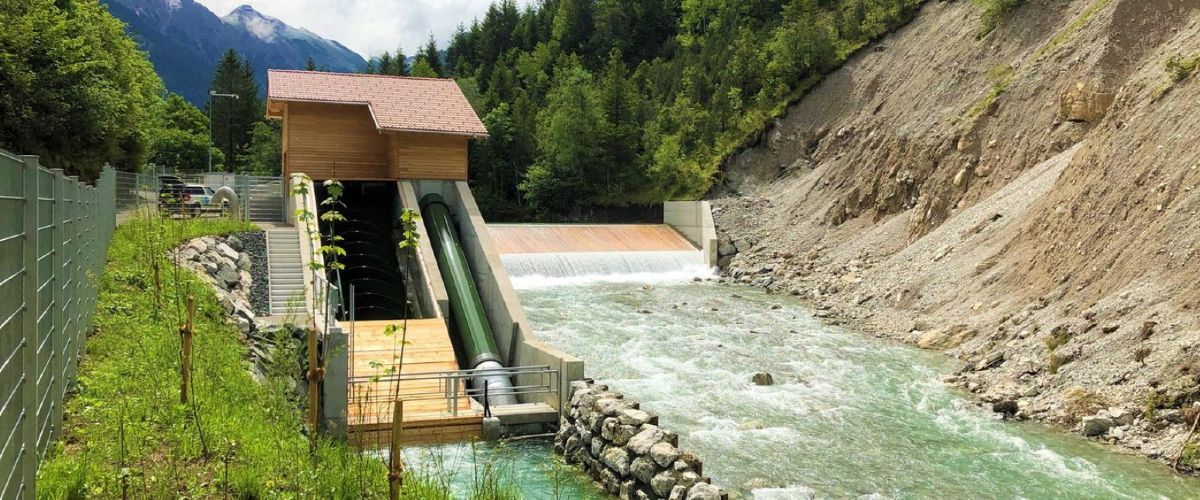 © Allgäuer Kraftwerke GmbH
© Allgäuer Kraftwerke GmbH
Hydrodynamic Power
Generating power with fish bypass
The engineers' central aim is to create a fish bypass that simultaneously generates power and enables fish and other aquatic life to pass through the weir system continuously and without injury. A comprehensive refurbishment was planned for the weir system at Hinterstein hydroelectric power plant, which was to improve the plant both energetically and ecologically. A conventional solution was therefore not considered. The operators expect the construction of the new hydrodynamic screw to result in a significantly higher power generation of about 500,000 kilowatt hours per year.
Rivers as energy sources
The aim of the Hinterstein research project, short for "Energetic and Ecological Rehabilitation of the Weir at Hinterstein Hydropower Station", is to produce electricity while preserving the river habitat. To this end, the water supply is being redesigned and at the same time it is being ensured that fish and other aquatic life can pass the weir without injury. The hydroelectric power station is located on the Ostrach, a river that carries plenty of water all year round.
In Germany, it is mainly the flowing water in rivers that is used as an energy source. The technology is well established and is used at many locations. The proportion of electricity generated from hydropower in Germany in 2019 was around 3 percent.
The Hinterstein power plant was commissioned in 1897 and modernised for the first time in 2000. The operators converted the original Francis turbine into a diagonal turbine and fitted it with a new asynchronous generator. The renovated plant, with an installed capacity of 210 kilowatt hours, generates around 1.5 million kilowatt hours of electricity per year. This is enough to supply around 500 households with electrical energy.
Hydrodynamic screw serves as a bypass for fish
The new hydrodynamic screw with fish lift is based on the functional principle of Archimedes and is also known as a screw pump or screw conveyor. "With the new hydrodynamic screw we use the specified residual water. This ensures that the Ostrach always carries water in the power plant section. At the same time we generate just under 500,000 kilowatt hours of renewable power every year, with significantly improved water ecology," says Karlheinz Loitz, authorised officer of Allgäuer Kraftwerke GmbH.
Due to the outflowing water, the large hydrodynamic screw creates an attractive current for fish and other aquatic life. Once there, they swim into the entrance of the fish screw pump, which reaches down to the bottom of the stream. The screw helix, that is the screw wing, gently transports the aquatic animals upwards with a load of water. The fish and microorganisms then enter the upper reaches via a fish channel. The water conveyed upwards additionally drives the large hydropower screw and can be used to generate power. At the same time, this water serves the creatures for their migration downstream. This innovative technology combines two aspects: it ensures a continuous river flow as well as the energetic utilisation of the required residual water quantity.
Testing the new Konrad Zuse power plant in operation
The new power plant with weir and hydrodynamic screw is the first commercially used plant in Germany, in addition to a test plant of the manufacturer. Until autumn 2021, the Konrad Zuse power plant is undergoing ecological monitoring. The scientists want to investigate how the new hydroelectric power plant affects the fish population and other aquatic fauna.


